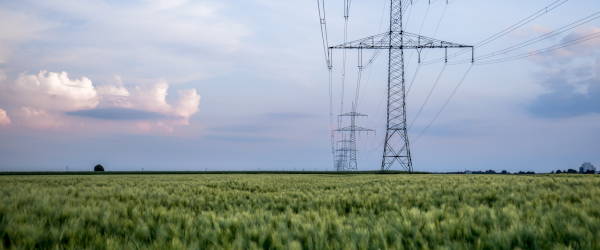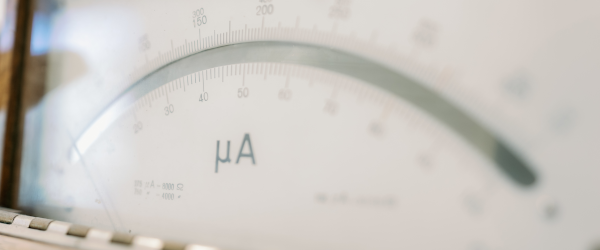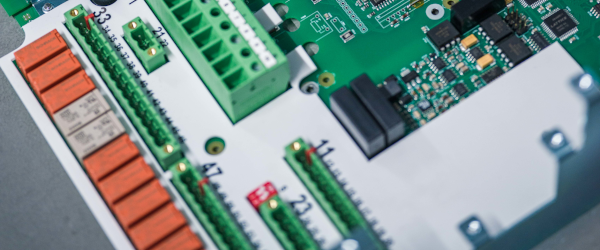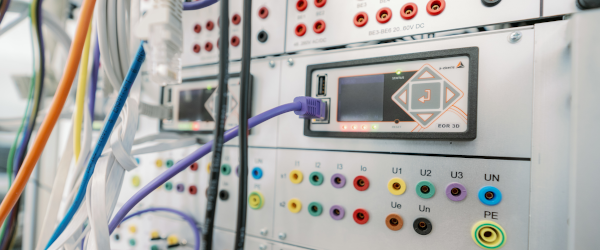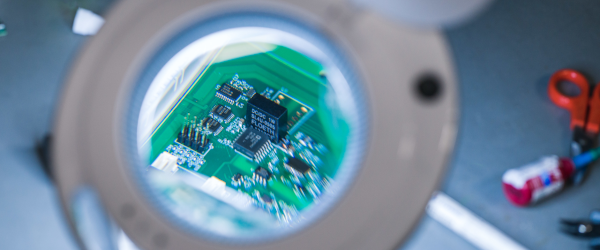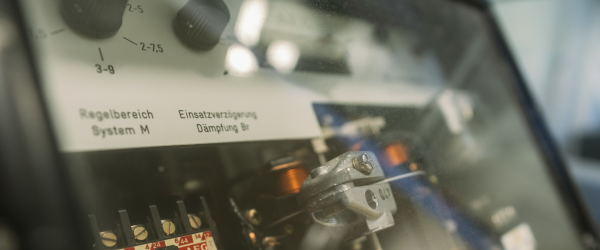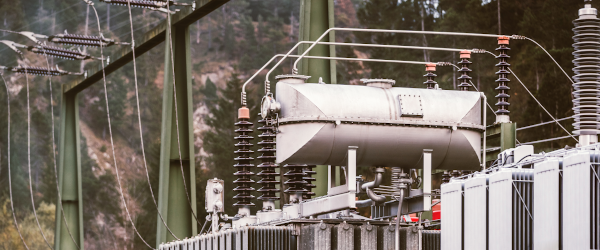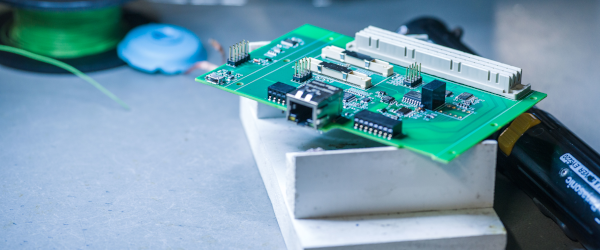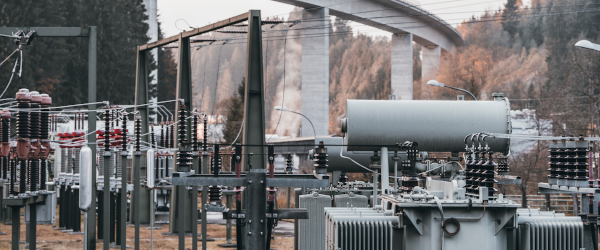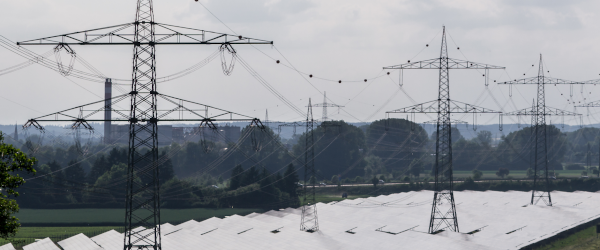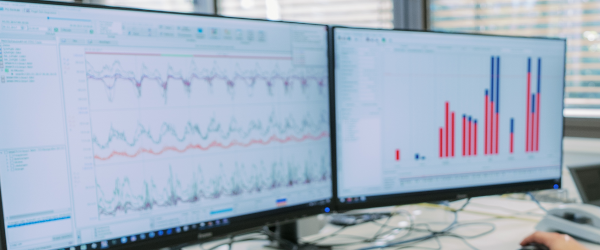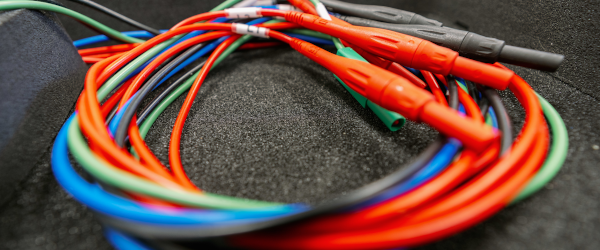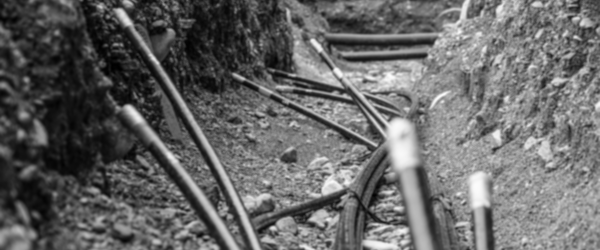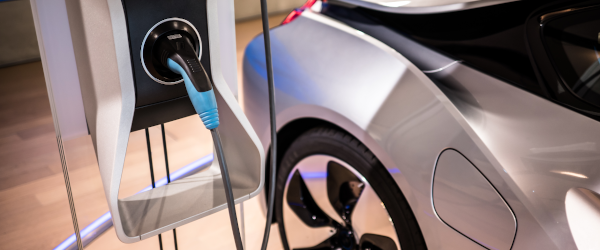There is a wide range of electronic measuring devices for the digital measurement of power quantities available today. A comparison between the various producers shows, that different measurement results may occur, especially in the case of reactive power measurement with a distorted sinusoidal shape and/or three-phase networks with a clearly unbalanced load.
This can cause problems in the design and operation of installations up to overloads and failures. The power measurement in multi-wire circuits is defined in the standards DIN 40110-2 (Germany) and IEEE 1459 (International). These fundamentals serve the basis for power calculations in modern measuring instruments.
All devices of the A. Eberle product range use the calculation method according to DIN 40110-2. In the following, the basic definitions of active, apparent and reactive power are first described and then illustrated with examples of the individual types of reactive power. In this context, the differences between power measurement in the single-phase and multi-phase system as well as special features in the 4- or 3-wire network are discussed.
Power definitions
Active power is the only power that can be calculated directly from the instantaneous values of voltage (?) und current ?(?). The instantaneous power (?) for each sampling point ? is calculated as the product of voltage and current.
p(t) = u(t) * i(t)
By integration of instantaneous power (?) within the time interval ? = ?2 − ?1 the total energy ? is calculated. The time interval ? is freely selectable and e.g. can be set to a half net frequency period (for TRMS fault records) or 15 minutes (for energy measurement).
E = \int^{t_{2}}_{t_{1}}p(t) dtIf energy is transported from a source to a consumer (e.g. light bulb, motor) and absorbed there, it is referred to active energy. In case of energy storage at the consumer (e.g. in capacitors) and the later return transport to the source, the energy is called reactive energy.
Therefore, power is defined as energy transport per time from a source to a load. The part of the power that is returned to the source within the considered time interval is called reactive power ?, while the part of the power which is converted at the load into other forms of power (e.g. thermal power, light, mechanical power) is called active power ?. This examination shows clearly that the calculated value for active and reactive power is not only dependent on the voltage and current curve, but also on the considered time interval ?.
Apparent power
Apparent power is often used for the design of electrical equipment and can be derived from the TRMS1 values of voltage and current in single-phase systems and therefore has no sign.
S = U_{trms}* I_{trms}The collective apparent power ?Σ of a three-wire system is calculated from the values of collective voltage ?Σ and collective current ?Σ, which are defined in DIN 40110-2.
The meaning of these variables is explained in more detail in the section “Reactive power in the three-phase system”.
S_{Σ} =U_{Σ}* I_{Σ}Active power
As mentioned before, active power ? represents the part of the power that is transported to the load within the considered time interval ? = ?2 − ?1 and does not return to the source. The active power is defined as the mean value of instantaneous power (?) and has an algebraic sign, which indicates the direction of energy flow depending on the counting arrow system.
P = \frac{1}{t_{2}-t_{1}} \int^{t_{2}}_{t_{1}}p(t) dt = \frac{E}{T}In contrast to apparent power, active power represents a temporal mean value, which allows the collective active power ?Σ of a three-wire system to be calculated as the sum of the active powers of the individual phases
P_{Σ} =P_{1}+P_{2}+P_{3}Reactive Power
The reactive power represents the part of the power that is transferred from the source to the load and back again within the considered interval ? and is generally derived from the relationship:
Q = \sqrt{S^{2}-P^{2}}Reactive power represents a derived quantity from apparent and active power and is never calculated directly.
The total reactive power of an electrical energy system ?Σ consists of 5 different types of reactive power, which can be summarized by square addition:
Q_{Σ} =\sqrt{Q_{h1}^{2}+Q_{hn}^{2}+Q_{d}^{2}+Q_{m}^{2}+Q_{u}^{2}}For the calculation of reactive power, a general distinction must be made between single-phase and three-phase systems.

